10 Moscow street names that baffle even locals
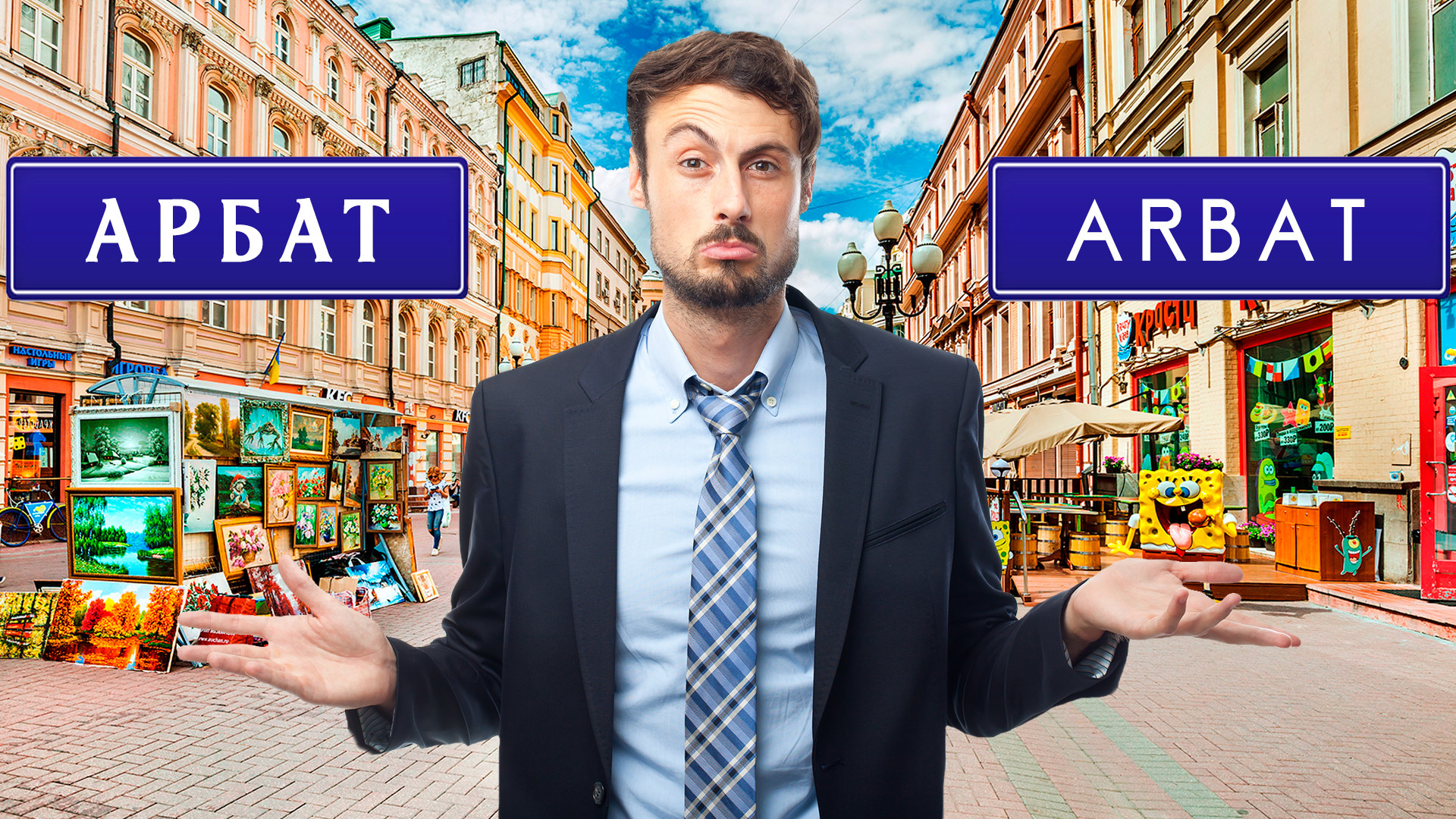
1. Bolshaya Ordynka
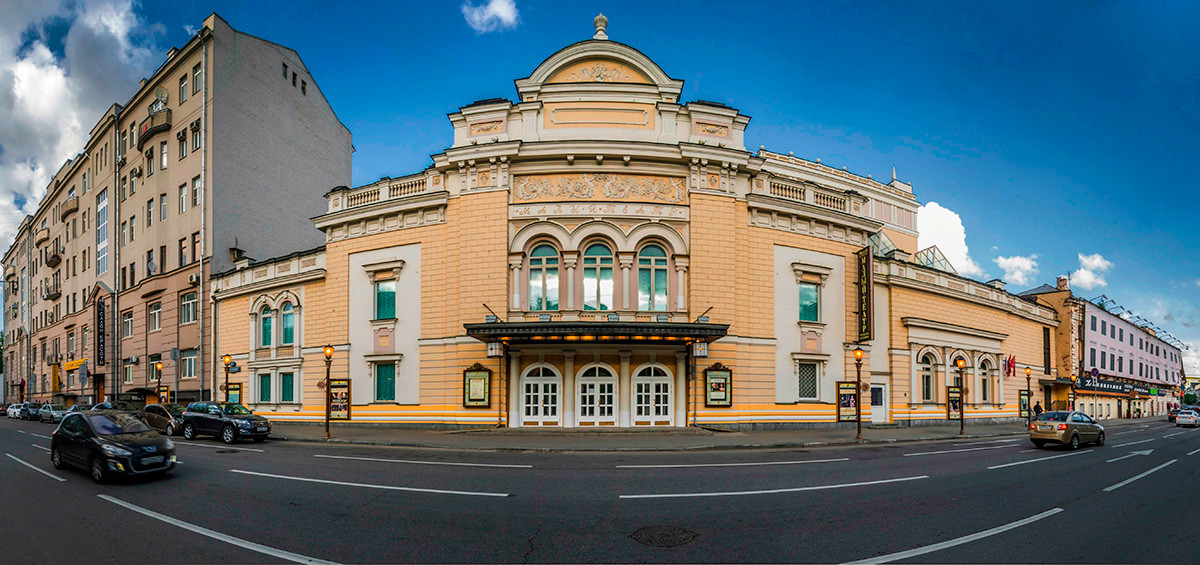
This is one of the oldest streets in central Moscow. It is separated from the Kremlin by the Moskva River and a bridge. According to the most popular legend, its name derives from the word “Horde” (the Golden Horde was a medieval Mongol-Tatar state that for many years levied tributes from Russia). The journey from the Kremlin to the Horde started from there, and it was probably on this street that envoys of the Golden Horde stayed. Nowadays, it is one of the most beautiful historical streets in Moscow, with buildings dating back to the 18th and 19th centuries.
‘Bolshaya’ means “big”, and this word was added later, as another, parallel street emerged later called ‘Malaya Ordynka’, in which ‘Malaya’ means “small”.
2. Bolshaya Yakimanka
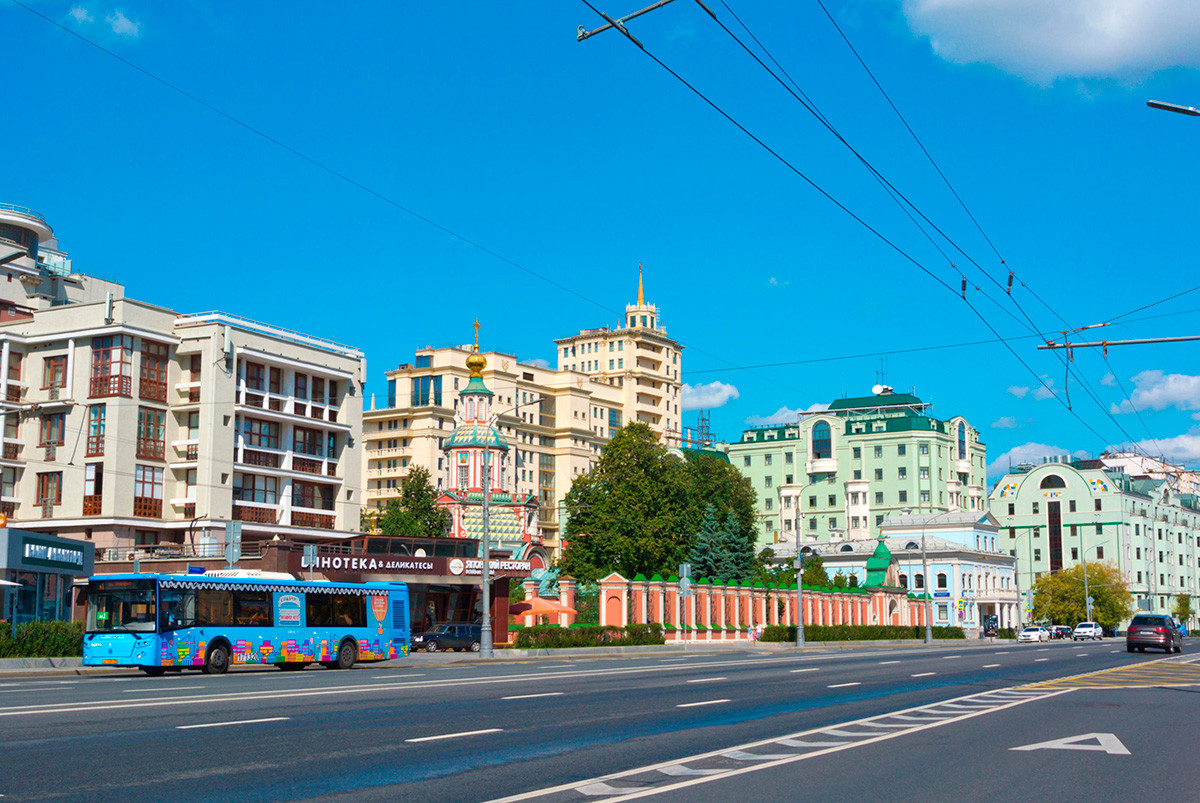
This street, which runs parallel to Ordynka and too leads to the Kremlin, also lends its name to the whole surrounding district in the center of Moscow. In the 15th century, this place was called ‘Golutvinskaya Sloboda’ and had an Annunciation Church in it. The church had a chapel devoted to Saints Joachim and Anna, and this is where the name ‘Yakimanka’ (derived from the name Joachim) came from. Unfortunately, the church was demolished in Soviet times, but an icon dedicated to Saints Joachim and Anna has remained in the area and is now kept in the later built Church of St. John the Warrior.
Again, ‘Bolshaya’ means “big” here, as there is also a ‘Malaya’ aka “small” Yakimanka Street nearby.
3. Ostozhenka
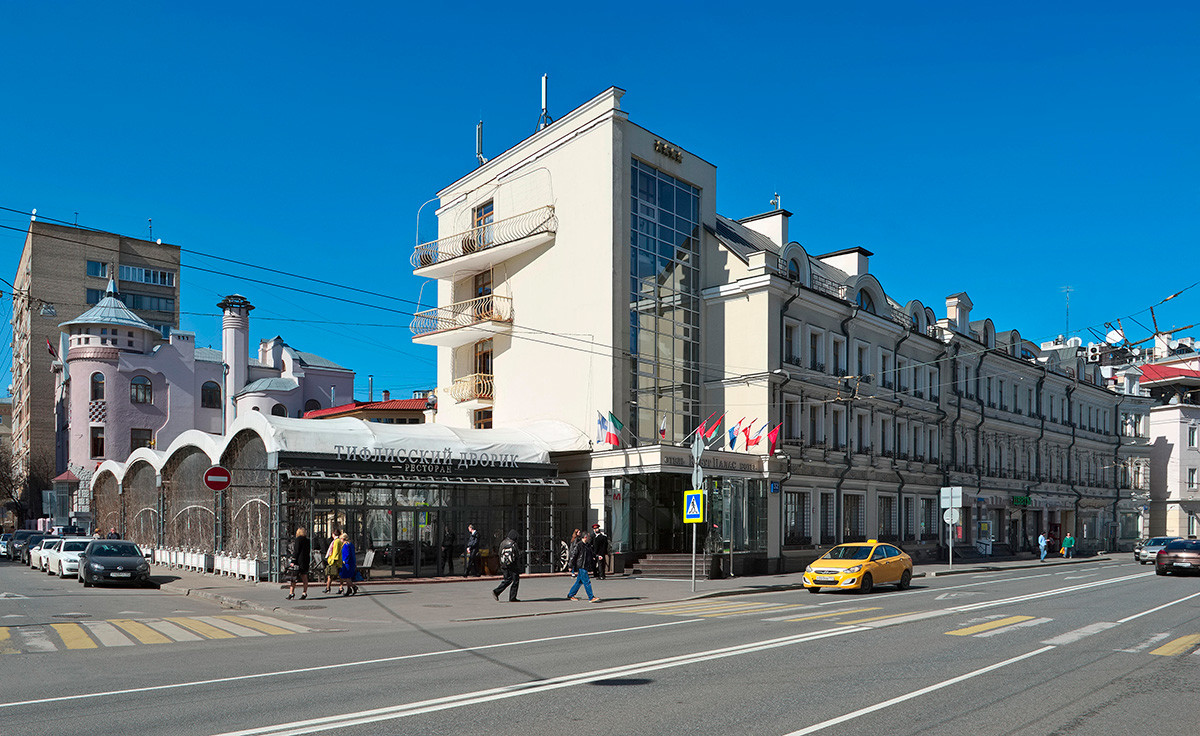
This is now considered the most expensive street in the city, but until the 17th century, this area on the banks of the Moskva River was just a meadow. Muscovites called this place ‘Ostozhye’, from the word stog (meaning “stack”), since this is where hay was made and put in large stacks. Later, to make use of all that hay, stables were built there and the nearby lands were given to aristocratic families, after whom many of the lanes around Ostozhenka are still named. One of the lanes is called ‘Starokonyushenny’ (from staraya konyushnya, meaning “old stable”), reflecting the history of this area.
4. Prechistenka
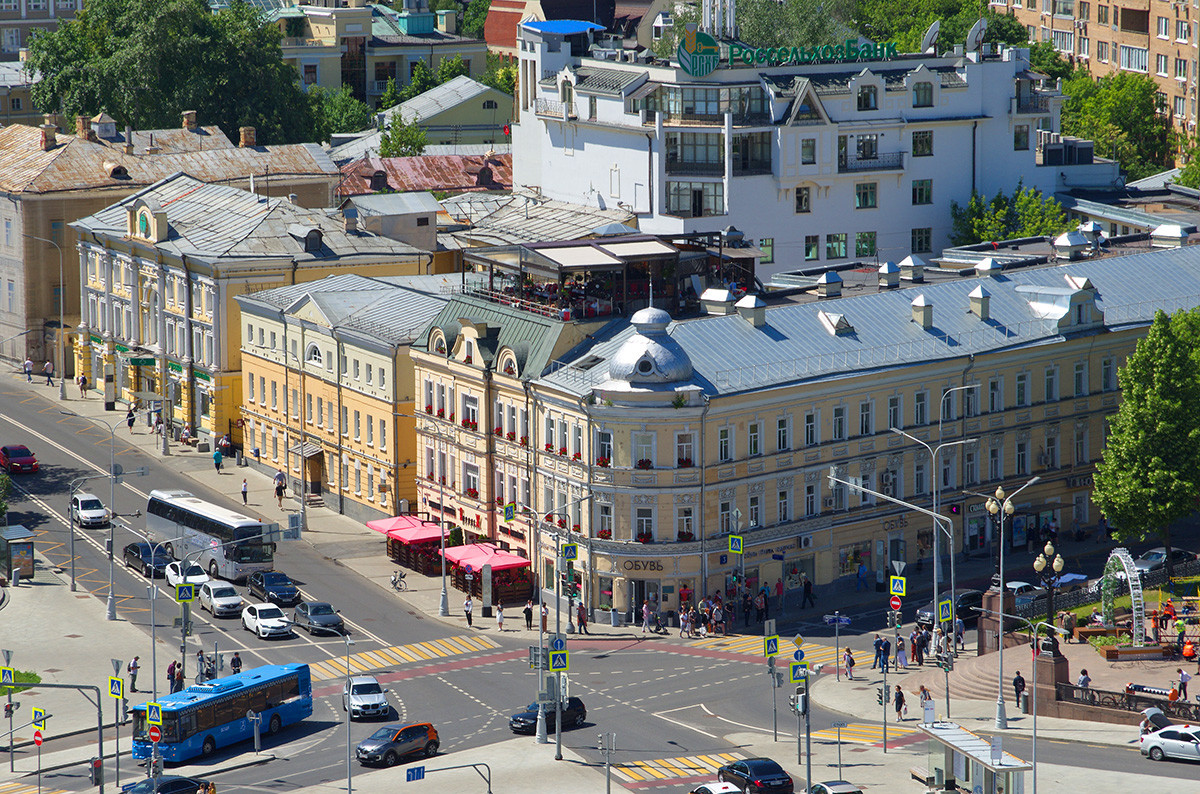
In 1524, the Novodevichy Convent was founded on the outskirts of Moscow. It was dedicated to the capture of Smolensk during the Russian-Lithuanian war, after which Smolensk became part of the Russian state. The convent was named in honor of the main icon of Smolensk, Prechistaya Bogoroditsa Odigitria (“the Most Holy Mother of God Hodegetria”). In the 17th century, the road leading from the Kremlin to the convent became known as ‘Prechistenka’. The present-day street of the same name covers just a part of that road.
5. Volkhonka
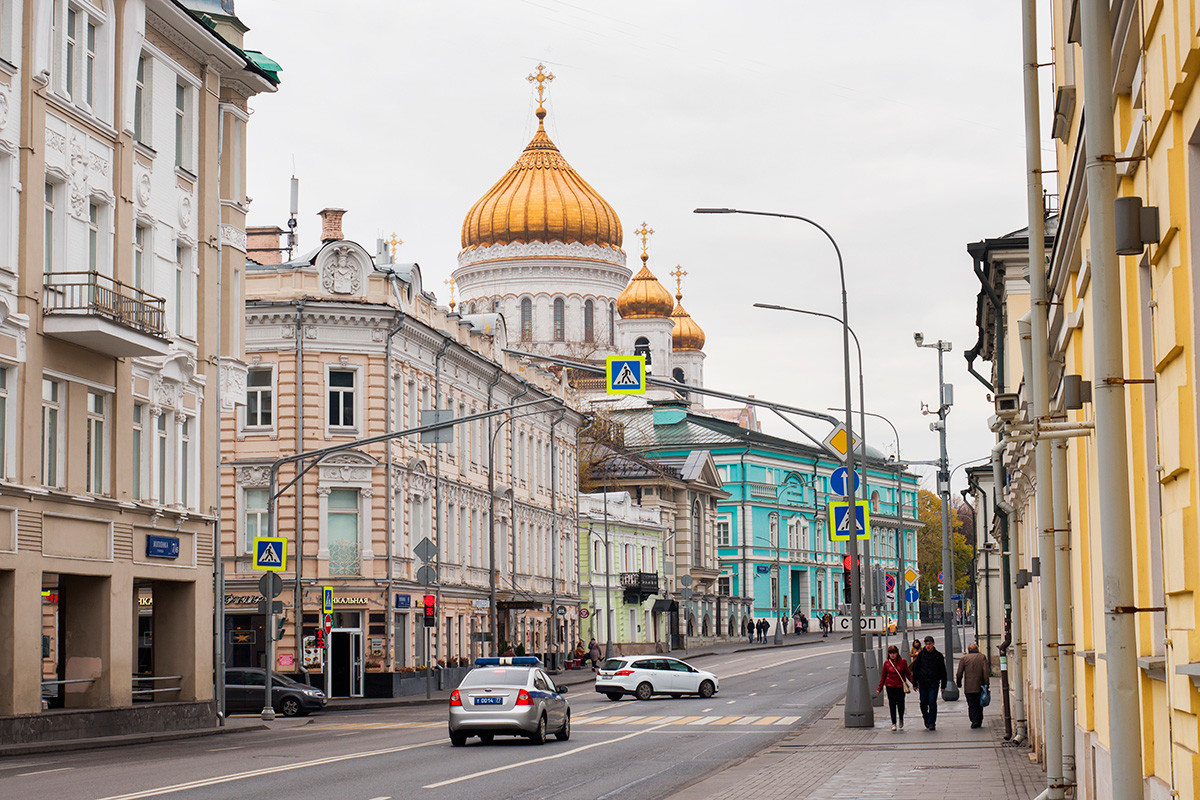
At one point, Volkhonka, which is situated next to the Kremlin, was part of the historical Prechistenka Street. But in the 18th century, this area became the property of the Volkonsky noble family, who also owned a local drinking establishment called ‘Volkhonka’ (the title derived from their family name). So, the street on which that watering hole stood, too, became known as Volkhonka. Later, the street became an address of choice for many princes and statesmen. In the 19th century, Christ the Savior Cathedral was built there and in 1912, the Pushkin Museum of Fine Arts, one of the largest and most significant of Moscow’s museums, was opened there.
6. Vozdvizhenka
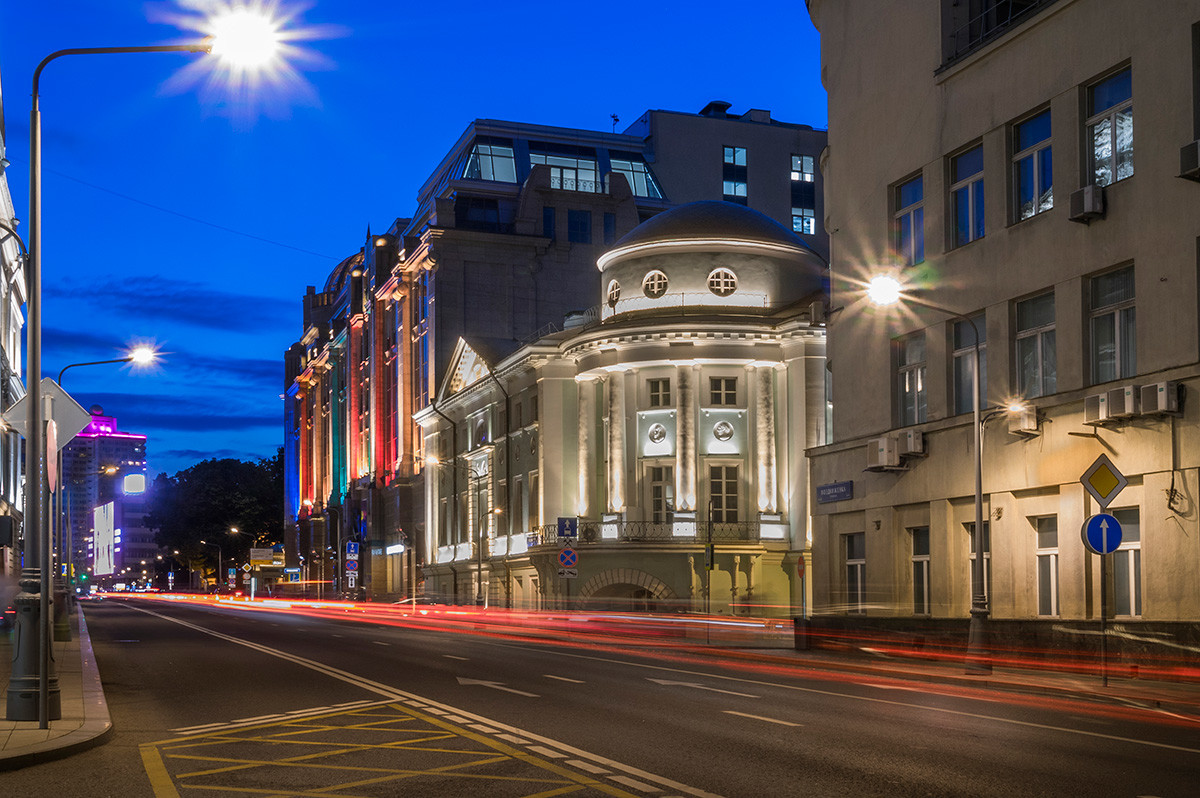
Vozdvizhenka is a popular place name in Russia, shared by over 30 cities, towns and villages across the country. It’s because it relates to an important church holiday, Vozdvizhenie (“the Exaltation of the Holy Cross”). In the 16th century, the Exaltation of the Holy Cross Monastery was built on this street near the Kremlin, and soon the street became popularly known as ‘Vozdvizhenka’. The name became official in the 18th century.
7. Sretenka

The Russian Orthodox holiday Sretenie Godpodne (“the Presentation of the Lord at the Temple”) marks the moment when on the 40th day after his birth, Jesus Christ was brought to the Jerusalem temple, where he was met by Righteous Simeon. In Old Russian, the word sretenie means “meeting”. Sretenka Street was named in commemoration of the moment when Muscovites greeted the arrival of the Vladimir Icon of the Mother of God, which had been brought to the city in 1395 for praying when the Mongol conqueror Tamerlane attacked Russia. The Sretensky Monastery was founded on the site where the icon was met by the city’s residents, while the street became known as Sretenka.
8. Arbat
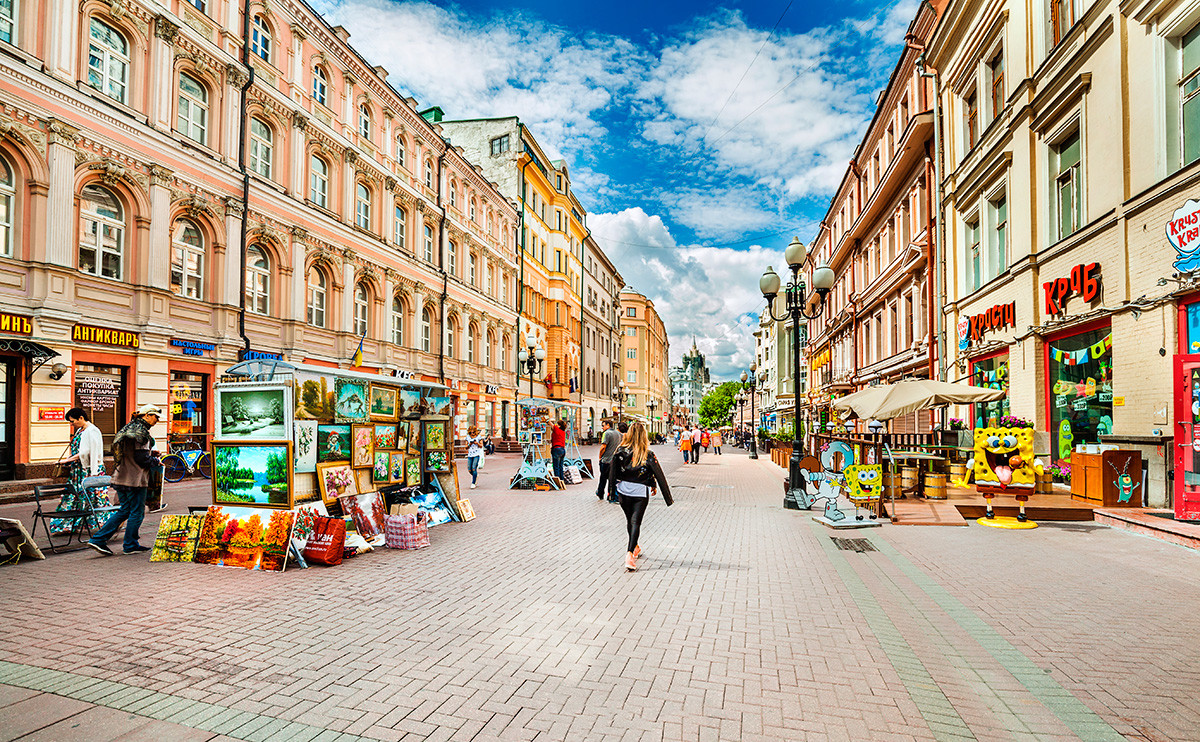
Scholars and enthusiasts studying the history of Moscow have numerous theories as to the origins of the name of this famous pedestrian street in the center of the city, which was originally called ‘Orbat’. The name covered the whole neighborhood near the Kremlin, which was centered around Vozdvizhenka (formerly known as Arbatskaya Street). According to one of the more popular theories, the name came from the Arabic word arbad meaning “a suburb”. It may have been brought to Moscow by merchants from the East. Another, and more “domestic”, theory is that the name ‘Arbat’ was a derivation of the Russian adjective gorbat (meaning “humpy”), as the curved bend of the street may have been described.
9. Sivtsev Vrazhek
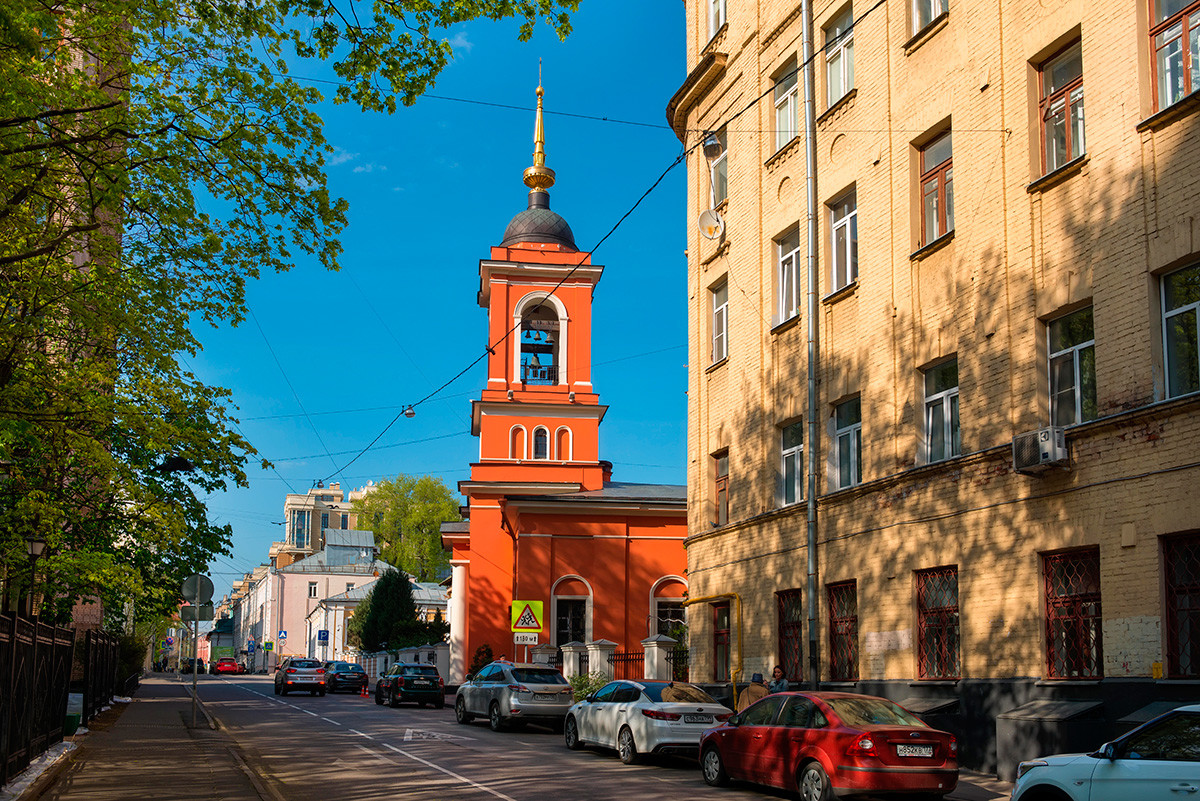
To a modern Muscovite, this name of this small alley in central Moscow is perhaps the most puzzling of all. Vrazhek is an obsolete word denoting a “ditch”, and there once was a ditch there, formed by a river called ‘Sivets’. However, the river was channeled into a pipe in the early 19th century. Thus, neither the river nor ditch are there anymore, but the 17th century name of the street has survived till present day.
10. Maroseyka
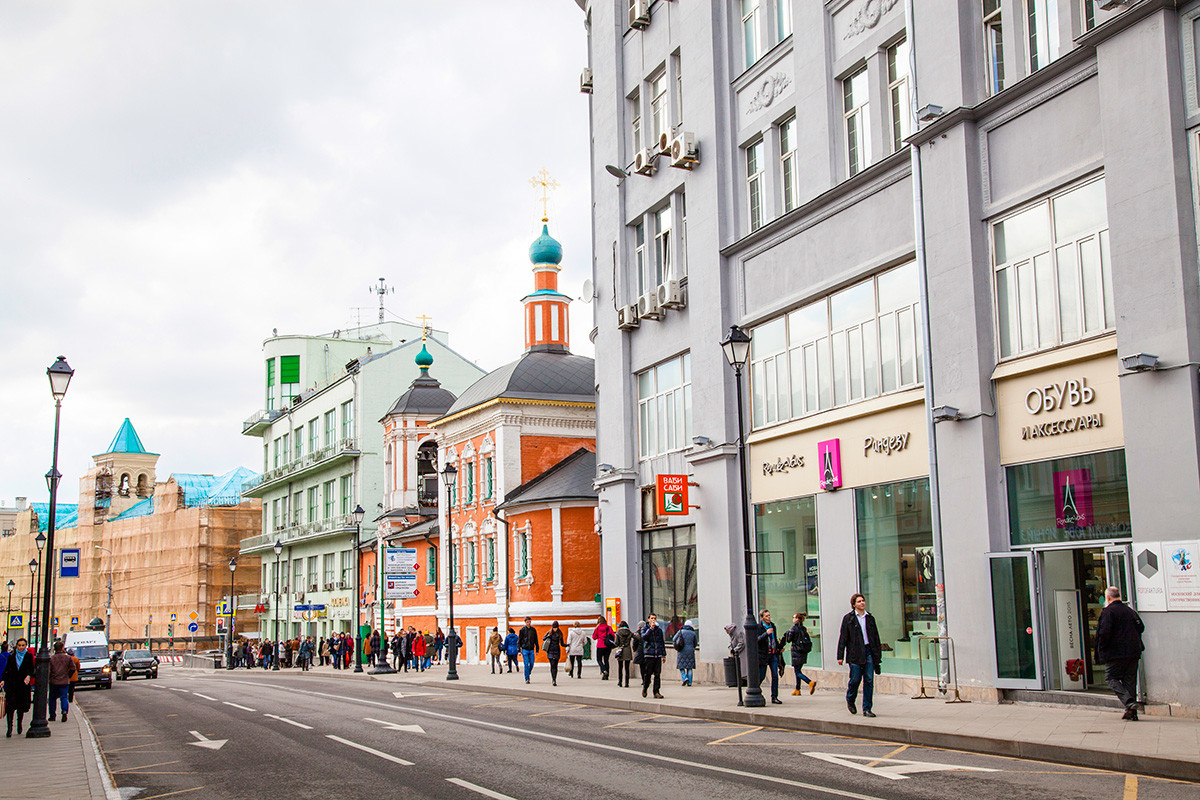
This street in the Kitay-Gorod neighborhood near the Kremlin was home to the Malorossiya mission, which housed prominent merchants and diplomats from Malorossiya (“Little Russia”), as Ukraine, a former part of the Russian Empire, was called before the Bolshevik Revolution. In the 17th century, the place became popularly known as ‘Maloroseyka’, which later was corrupted into a shorter Maroseyka.
If using any of Russia Beyond's content, partly or in full, always provide an active hyperlink to the original material.
Subscribe
to our newsletter!
Get the week's best stories straight to your inbox